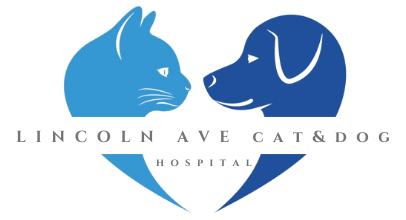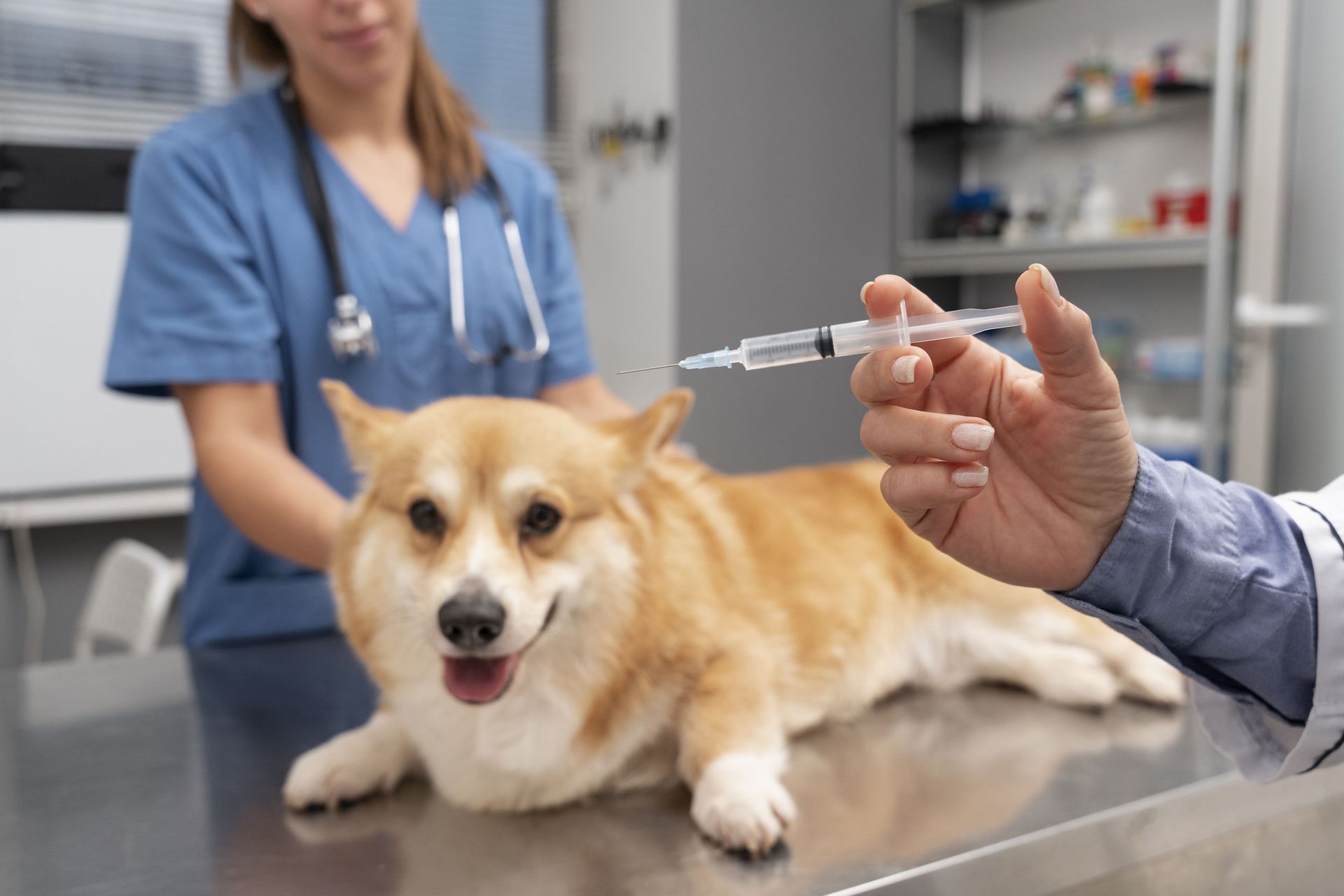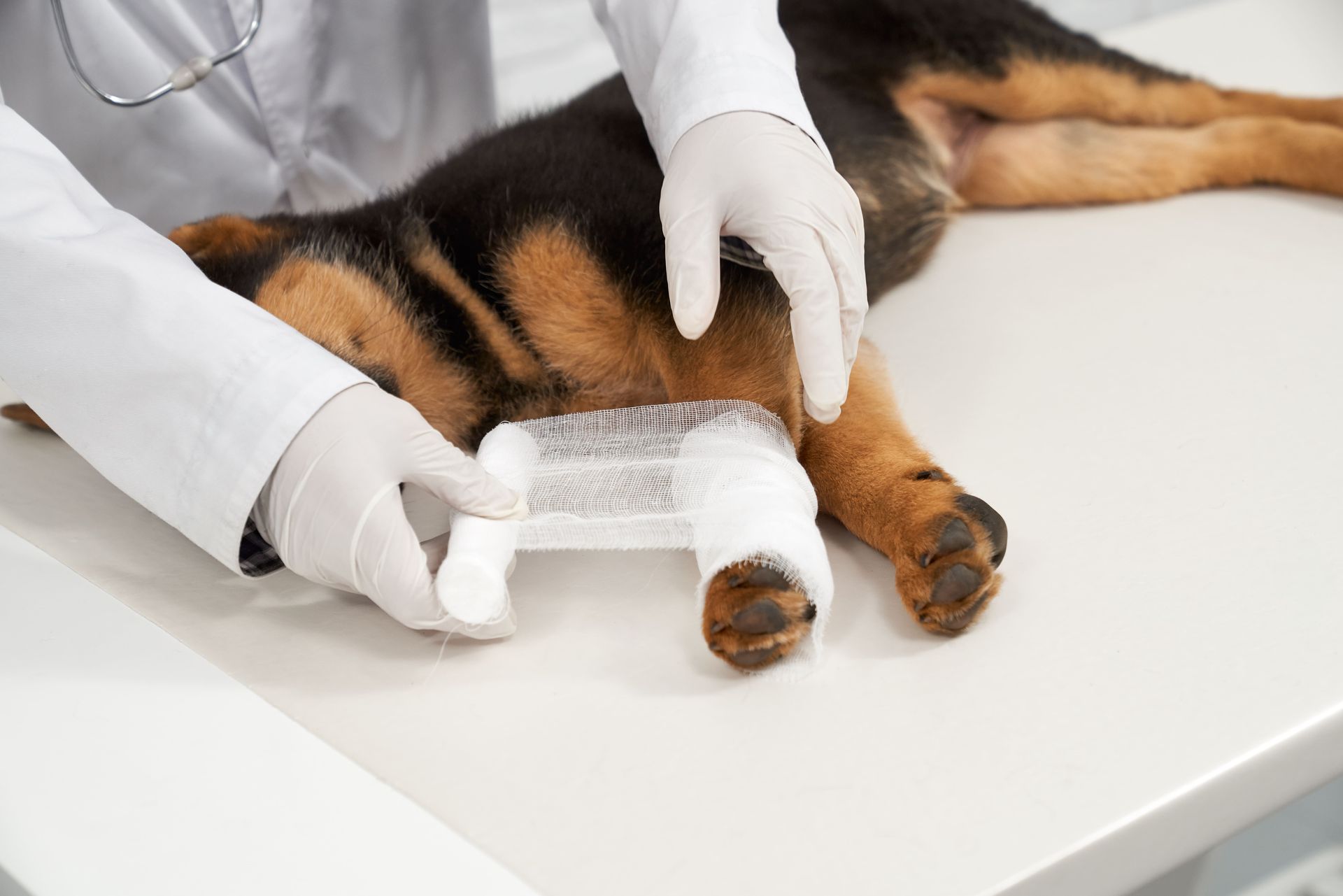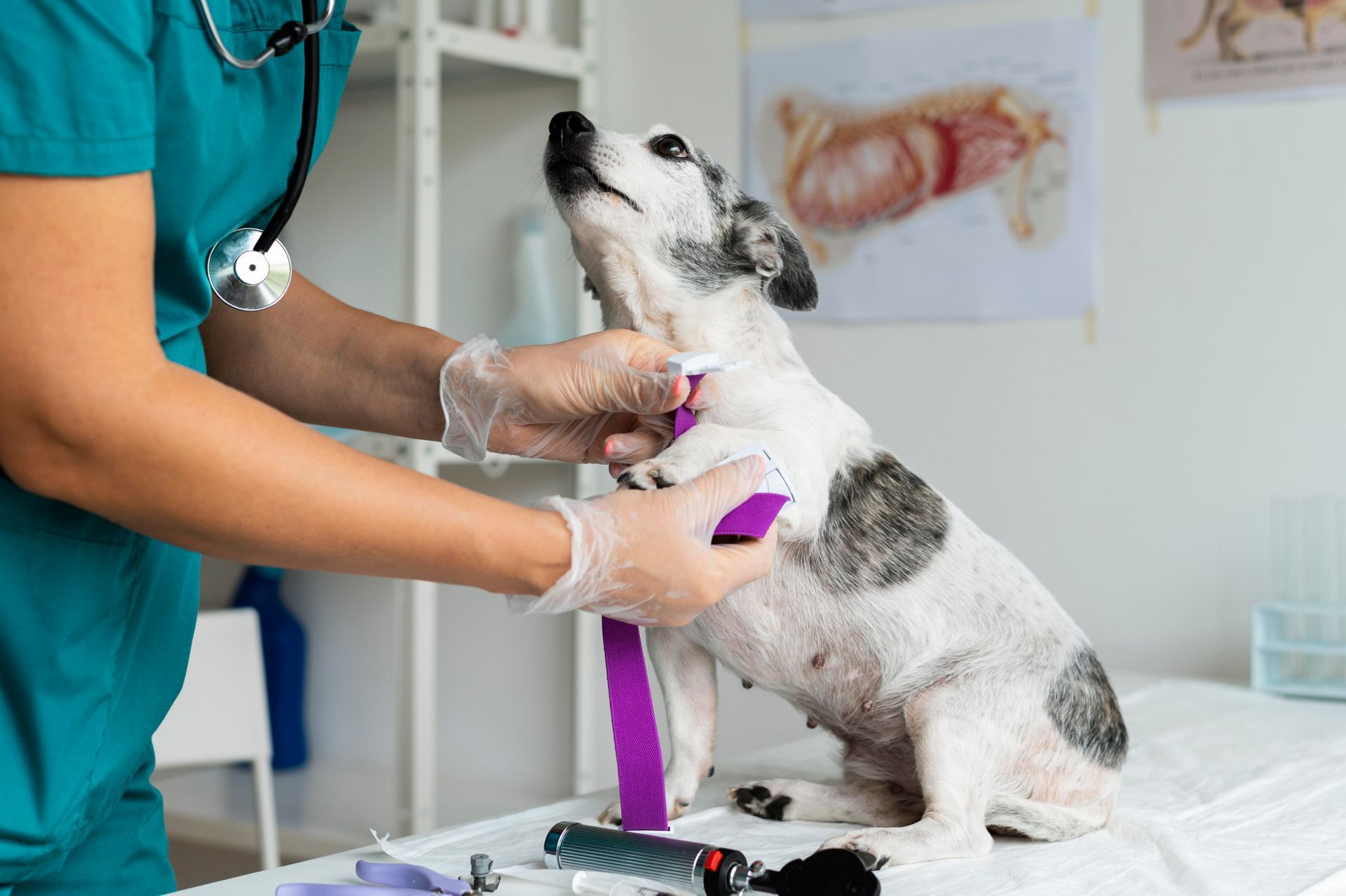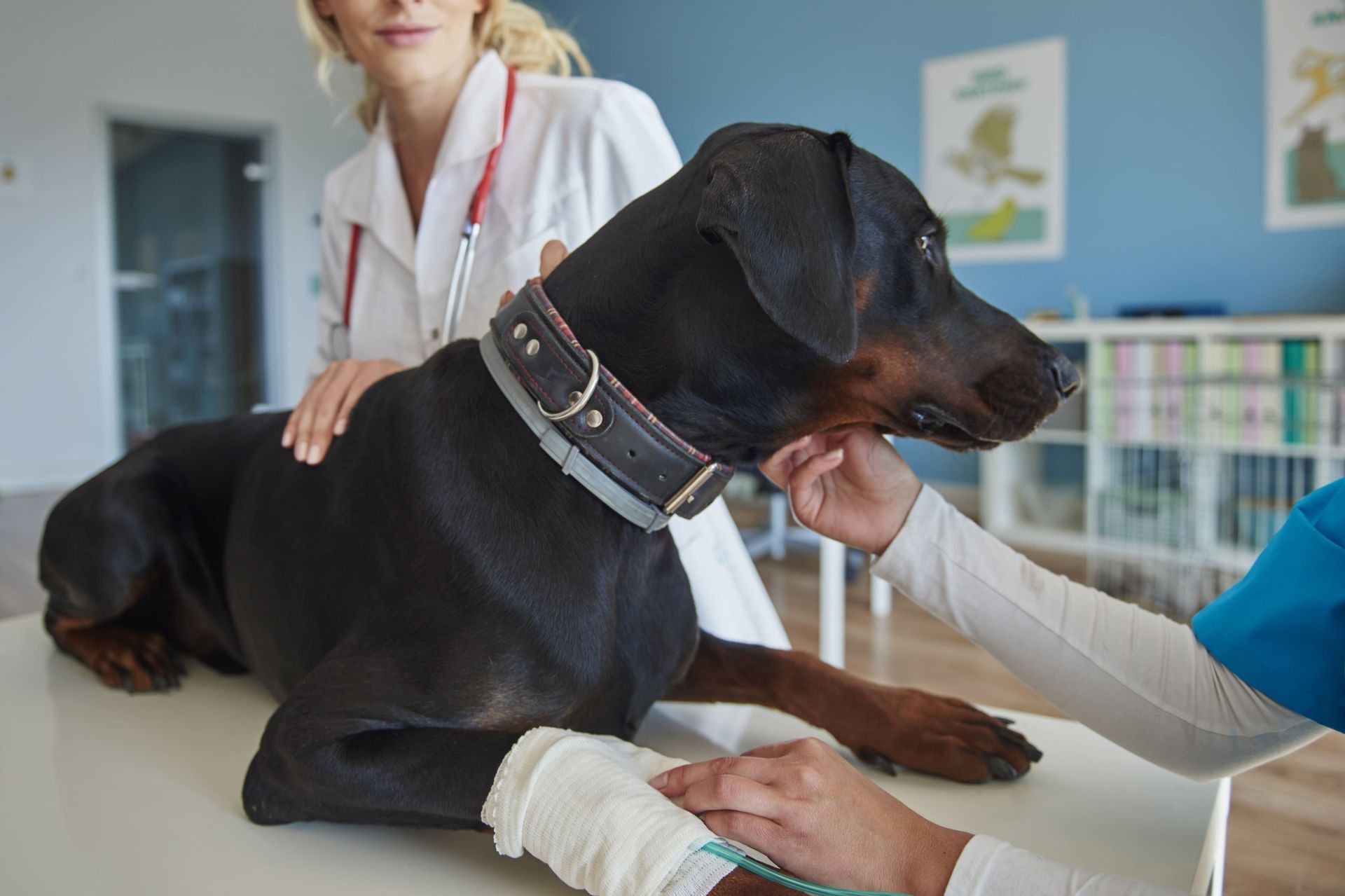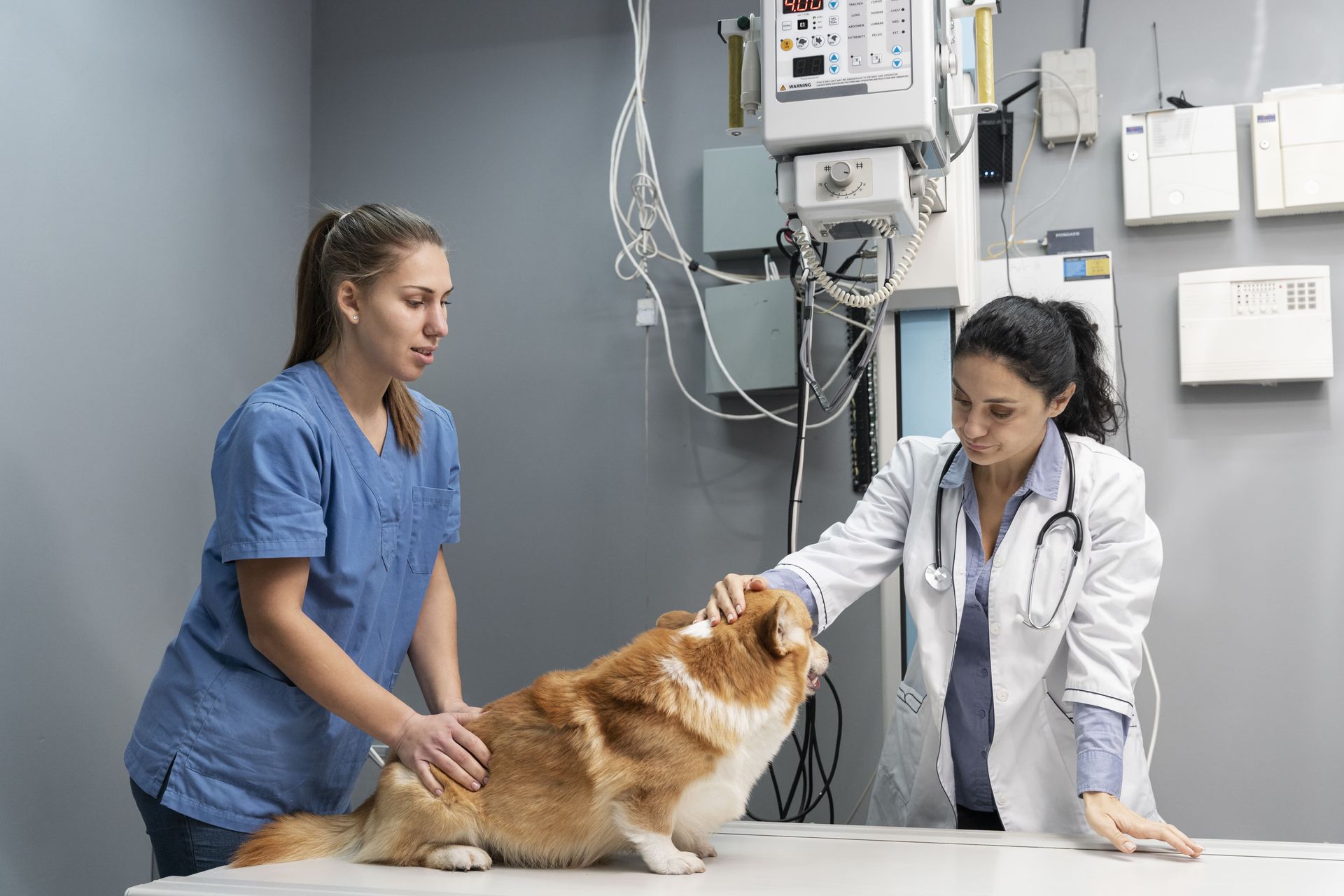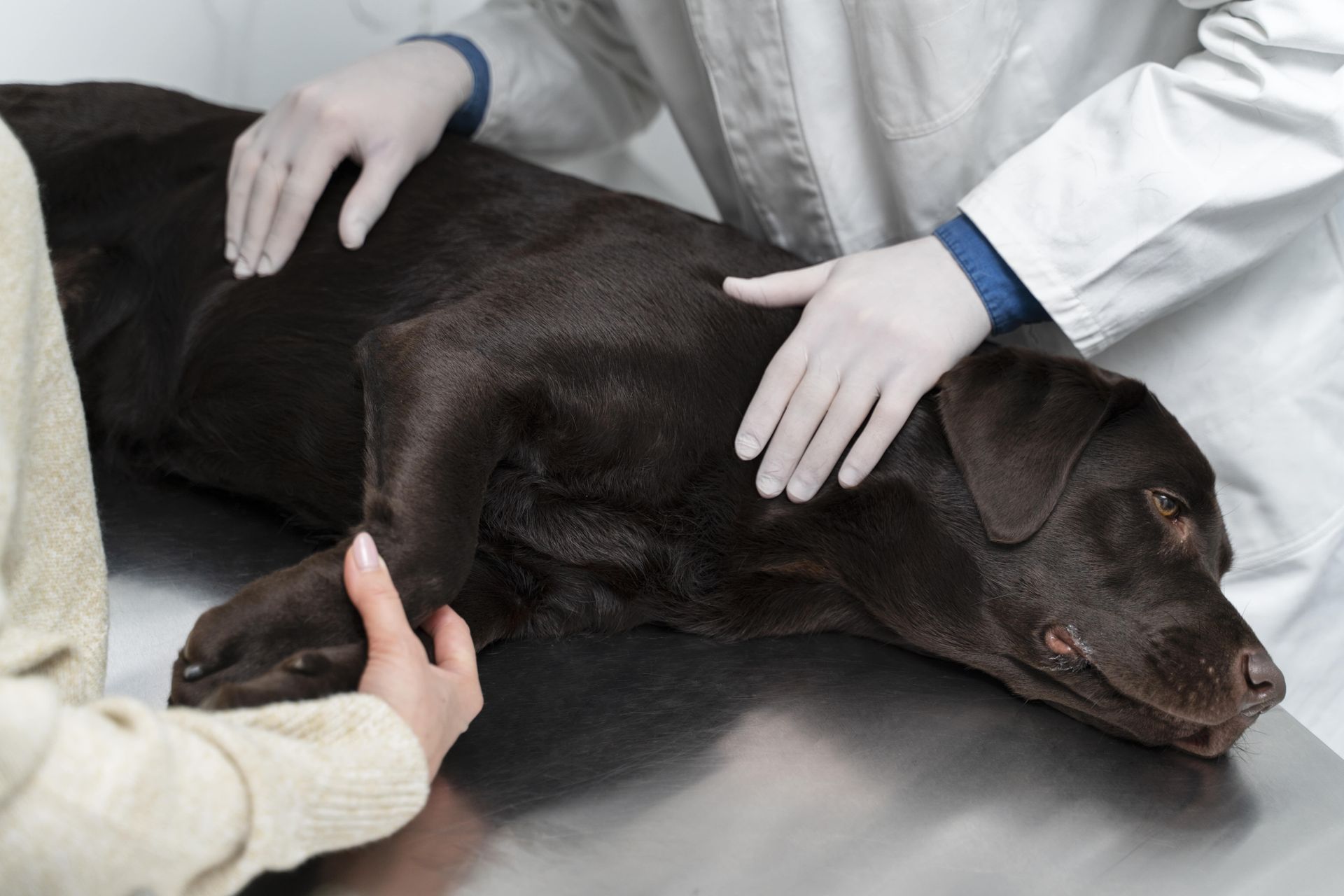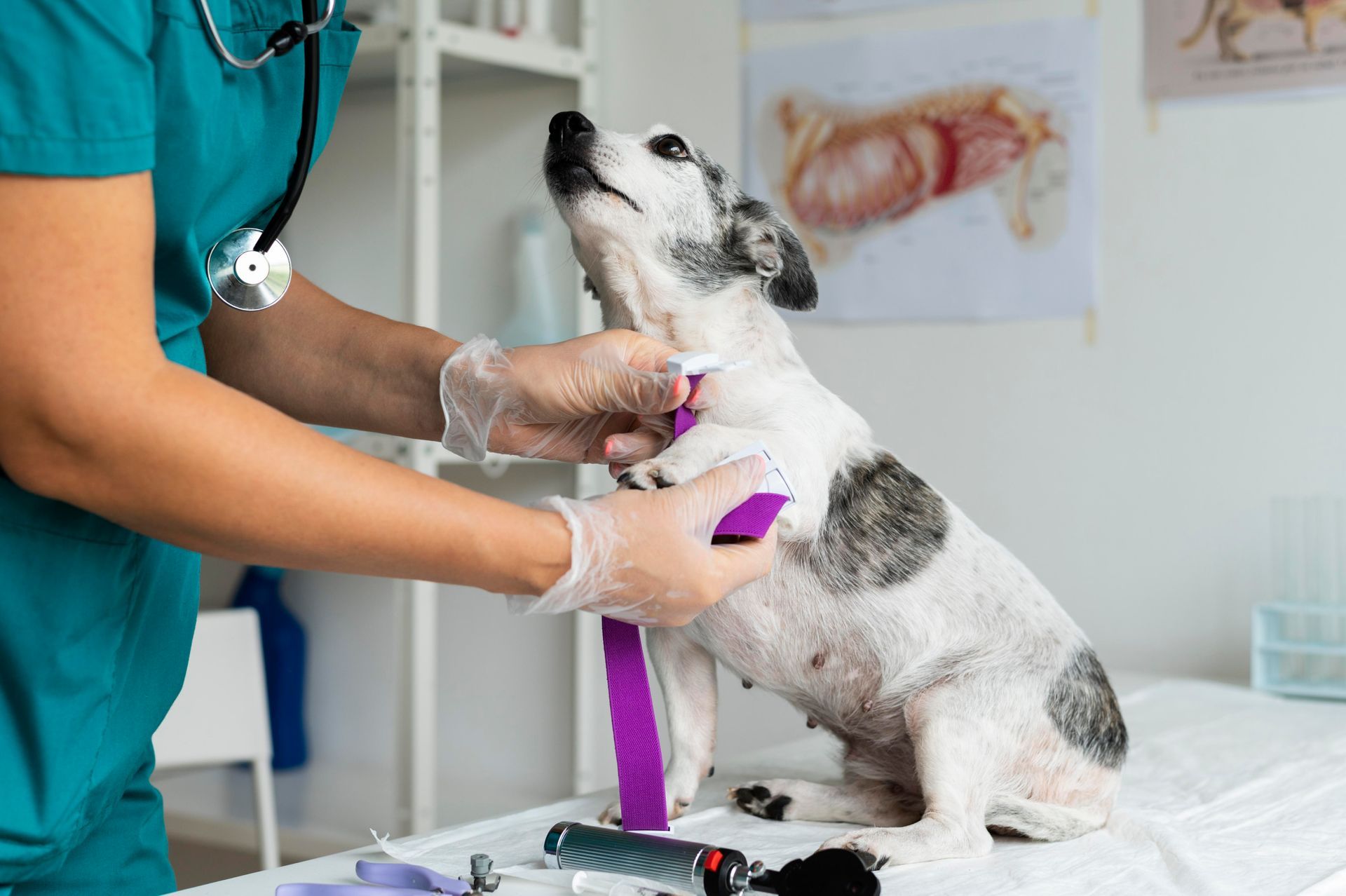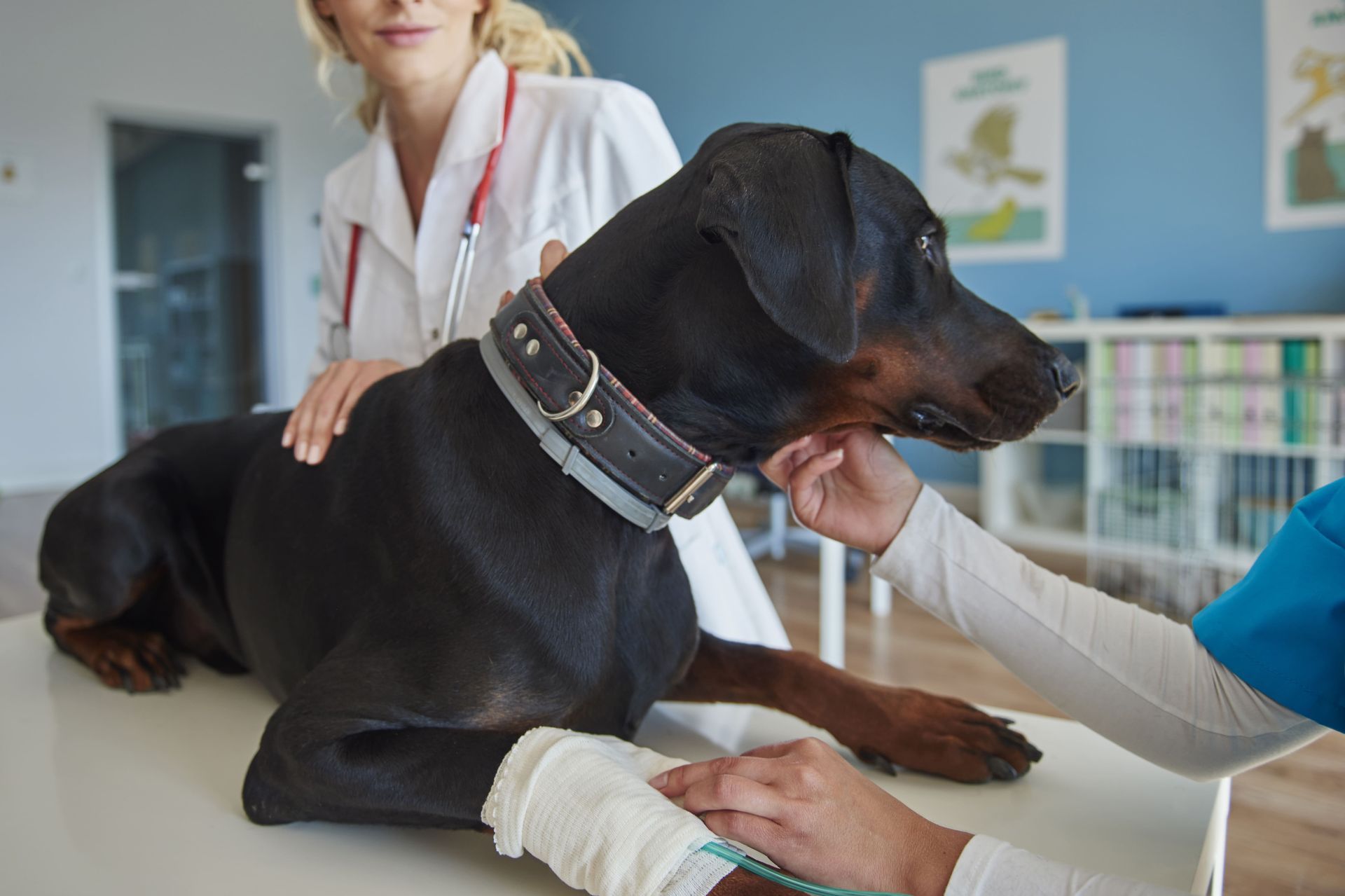7 Signs It’s Time to Visit a Top Vet: Keep Your Pet Healthy & Happy
Our furry friends rely on us to keep them healthy and happy. However, it can sometimes be challenging to know when your pet might be in need of professional care. In this blog, we'll explore some signs that indicate it's time to take your beloved pet to the Top Vet. With these tips in mind, you can ensure your pet receives the best possible care from a Top Vet near you.
1. Changes in Eating or Drinking Habits
A noticeable change in your pet's appetite or drinking habits may indicate an underlying health issue. Consult your Top Vet if these changes persist, as they could be signs of a more serious condition.
Pets, like humans, can suffer from conditions such as diabetes, which often result in increased thirst and urination. On the other hand, decreased water intake might be a sign of kidney issues or dehydration. These concerns highlight the importance of regular monitoring. It's advisable to check with a Top Vet if you observe any drastic alteration in these basic habits.
Sometimes, a refusal to eat or drink might be a matter of stress or environmental changes, such as a new pet in the house or alterations to their usual surroundings. Nevertheless, if these behaviors are coupled with other symptoms like vomiting or lethargy, it's a priority to seek Top Vet advice promptly.
2. Increase in Lethargy or Fatigue
If your pet seems unusually tired or lacks energy, it might be time for a Top Vet visit. Lethargy can be a symptom of various illnesses, so it's essential to address it promptly.
Pets are naturally energetic, and any marked decline in their activity levels can be concerning. Common causes of increased lethargy include anemia, heart disease, or infections that need serious attention. A quick trip to the Top Vet can help identify issues such as infections or more chronic ailments, enabling timely treatment and intervention.
3. Persistent Vomiting or Diarrhea
Occasional stomach upset is normal, but frequent vomiting or diarrhea can lead to dehydration and require veterinary attention. Don't hesitate to seek help from a Top Vet if your pet shows these symptoms.
Regular occurrences of these issues could reflect an allergic reaction to food, a parasitic infestation, or gastrointestinal problems, all of which warrant further exploration. Certain breeds are more prone to digestive issues than others, making proactive Top Vet consultations critical in diagnosing such problems early on. Catching these signs early can prevent more severe outcomes.
4. Unusual Behavior or Aggression
Sudden changes in behavior or unexplained aggression could indicate pain or discomfort. A visit to the Top Vet can help determine if there's a medical reason for these changes.
Animals instinctively mask pain, so behavioral changes could be one of the only outward signs of distress. Behavioral shifts can be associated with neurological problems, undiagnosed pain, or hormonal imbalances. Conducting a thorough examination with a Top Vet is often the best way to ensure your pet's health is not compromised by an unseen ailment.
5. Visible Changes in Skin or Coat
Pay attention to any hair loss, redness, or irritation on your pet's skin. Such changes could be due to allergies, parasites, or other conditions that require a Top Vet’s expertise.
Many skin conditions can escalate quickly if untreated, potentially leading to serious infections or systemic illnesses. Routine checks at your Top Vet can assist in catching these issues early. For instance, noticing dandruff or bumps early might relate to conditions like mange or hormonal imbalances, and prompt action can make treatment faster and more effective.
6. Difficulty Breathing
Breathing difficulties are a serious concern. If your pet is wheezing, coughing, or struggling to breathe, seek Top Vet care immediately.
This could indicate respiratory illnesses like bronchitis or infections. Sometimes, it might even be the result of foreign bodies that have become lodged in their airways. Recognizing this urgency ensures your pet gets immediate medical attention from a Top Vet to mitigate the risk of severe consequences.
7. Limping or Difficulty Moving
Lameness or reluctance to move can indicate injury or joint problems. It's crucial to have your pet examined by a Top Vet to determine the underlying cause and appropriate treatment.
Limping can result from minor injuries like strained muscles or more serious conditions such as arthritis. Particularly in older pets, arthritis is a common issue that can severely impact their quality of life. If this condition is not addressed, it can lead to long-term discomfort and mobility issues. Therefore, a comprehensive Top Vet examination is often needed to rule out or confirm these problems.
Conclusion
Your pet’s well-being depends on your care and vigilance. By keeping an eye out for these signs and consulting a Top Vet when needed, you can make sure your furry companion stays healthy, happy, and safe. Remember, even the smallest changes can signal bigger problems that only a Top Vet can diagnose properly. So, when in doubt, trust your instincts and reach out to your trusted Top Vet — because your loyal friend deserves nothing but the best care.
